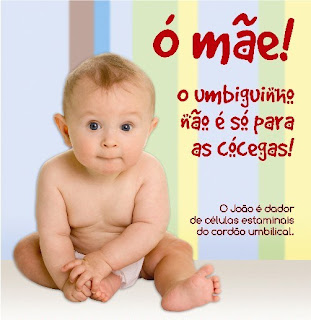 |
| The Kotel |
And for us are also?
People are not cars. They are living things necessary, reinforce each other, share reach their destination together. When we are living, there are proximity of the heat and loneliness.
People belong to families. Families of established communities. The communities are the colors of many people in the world. And all these people are one body, beautiful soul called humanity.
Each has its place in the tree of life, each sharing the power supply of the tree which depends for its survival.
None of us walks alone. Each one carries the experience of ancestors, wherever they go, along with their problems, their traumas, their victories, their hopes and aspirations. Our thoughts grow in their thoughts, our destiny is shaped their goals. The highest peak that can come, there they are holding our hand, pushing up, leaning on his shoulders. And we share the shoulders, in that sense, this legacy to all brothers and sisters of our people.
That's why our people is so important: If we want to be at peace with everyone else in the world, we must begin with our brothers and sisters. So you can find peace within himself. And when you find it, you can help us find peace in the world.
Every Jew is a brother or sister of a large family of many thousands of years. When a Jew walk, walk with sages and martyrs, heroes and heroines, walks with the legends and miracles, all the way brings us back to Abraham and Sarah, the first two Jews who defied the world with their ideals. We go forward with the legacy of those who lived, died and yearned for a better world, a perfect world.
Your destiny is our destiny. Are fulfilled in us. In each one of us and all of us together, we will be one.
When a Jew is an act of kindness, all extend their hands to their kindness. If you fall into sin for a Jew, we all stumble. If one suffers, we all feel pain. When one rejoices, we all feel happy. In our unit, we will find our destiny and our destiny is to be one. Because we are one body, breathing with a single set of lungs, heart pounding, with a single driving in the right direction. We are one. One love.




